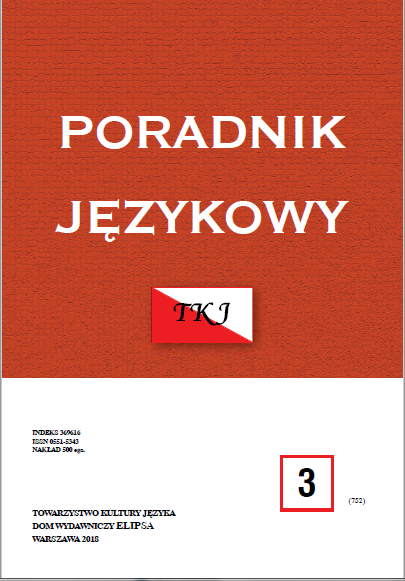NAZWY POKREWIEŃSTWA W POLSKIM JĘZYKU MIGOWYM (PJM)
KINSHIPS TERMS IN POLISH SIGN LANGUAGE (PJM)
Author(s): Jadwiga Linde-Usiekniewicz, Sylwia ŁozińskaContributor(s): Monika Czarnecka (Translator)
Subject(s): Theoretical Linguistics, Lexis, Semantics, Western Slavic Languages
Published by: Dom Wydawniczy ELIPSA
Keywords: Kinships terms; Polish Sign Language;
Summary/Abstract: The paper discusses kinship terms in the contemporary Polish Sign Language (PJM) against a broader typological perspective of kinship terms in spoken and sign languages. The study is partly based on the Corpus-based Dictionary of Polish Sign Language and partly on raw data from the Polish Sign Language Corpus. Particular attention is paid to polysemy of PJM kinship terms and the influence of spoken Polish on both the signifiers and the signifiants of PJM signs. The former is illustrated by initialised signs and mouthing, while the latter by semantic extensions of signs that mirror derivational phenomena in spoken Polish. For example the sign ‘sibling’ refers only to ‘brother’s wife’ and not to ‘husband’s sister’, and, although sign language kin terms tend not to be marked for gender, it does not mean ‘brother-in-law’. The reason for such a semantic restriction is that it extends only to senses covered by a spoken Polish term derived from ‘brat’ (‘brother’), i.e. ‘bratowa’ (lit. ‘of brother’), and not to senses covered by the loanword ‘szwagier’ (‘brother-in-law’) and ‘szwagierka’ (‘husband’s sister’). The corpus-based part of the study has revealed that the preferred method of disambiguating signs is through mouthing rather than using compound forms.
Journal: Poradnik Językowy
- Issue Year: 2018
- Issue No: 03
- Page Range: 35-61
- Page Count: 27
- Language: Polish
- Content File-PDF

